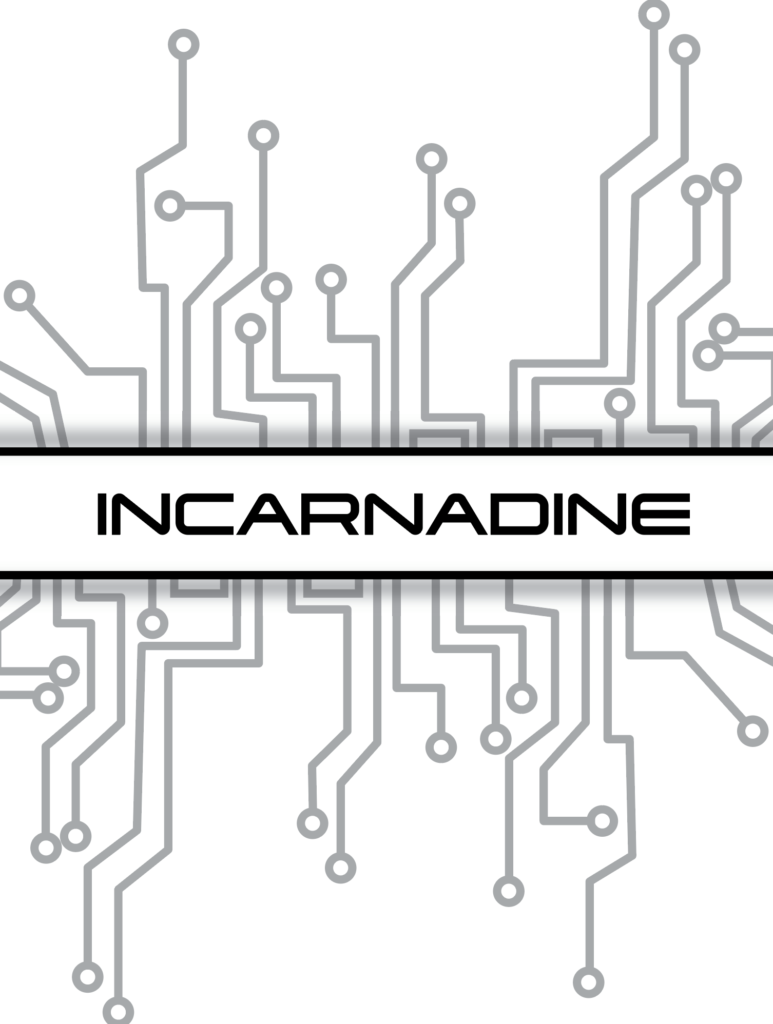
September 22nd! Stay tuned for the first chapter and more, coming right here!
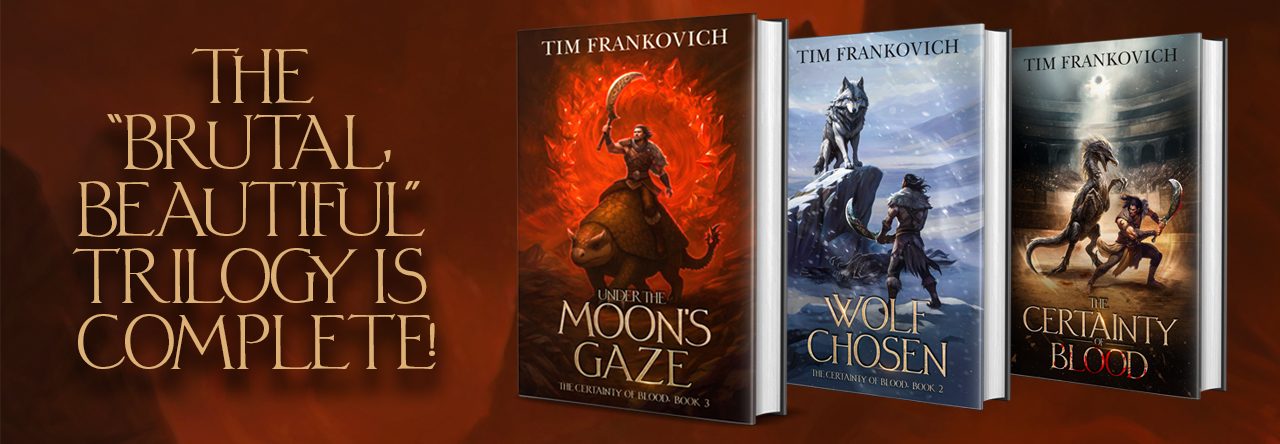

September 22nd! Stay tuned for the first chapter and more, coming right here!
Incarnadine, book two in the Dragontek Lore series, is out to the beta readers. The cover artist is hard at work and should be done in another week. Then it’s just a matter of final corrections, proofreading, and formatting. I don’t have a release date yet, but sometime at the end of this month, or the beginning of September.
With that done, I move on to the revision/editing phase of Until All The Stars Fall. This will take a while, as I want to be sure this one is absolutely right. Look for it by the end of the year.
At the same time, I’m making rapid progress on Auric, the third book of the Dragontek Lore series. It may also be ready by the end of the year, or early 2022.
And what’s next after that? I’m not 100% sure. Stay tuned…

BIG news: on Saturday, July 10, I finished the first draft of Until All The Stars Fall, the fourth and final book in the Heart of Fire series. This is it. The end. The completion of the saga that started when I first sat down to write in June, 2017. While I still have months ahead of rewriting, editing, and proofing before publication, this still qualifies as a major milestone.
When I started the Heart of Fire series, I thought, like the tradition, it would be a trilogy. But as I neared the end of the first book, and began mapping out what was yet to come, I realized it would probably take four books. I didn’t make a firm decision on it until I was well into writing book two, and knew for sure it would not fit in three books.
I didn’t keep track, but I can make a rough estimate that I spent at least 750 hours writing these four books. Maybe double that for all the time spent rewriting, editing, proofing, formatting, and so on. That’s a lot. When you spend that much time with people, even fictional people, you come to know them very well. Marshal, Seri, and their supporting cast, have all become real to me. I know them so much more than I did four years ago. Some of them, like Dravid, surprised me with how significant they became to the story.
And so, as I wrote “The End” on Saturday, I had quite a mixture of feelings.
I’m happy that I’ve finished this epic undertaking. I’ve wanted to write an epic fantasy since around fifth grade, and now I have. I’m ecstatic that it’s complete.
I’m relieved that it’s over. There were a few times, especially after the release of book two, that I despaired, wondering if it was even worth it to finish. Would anyone other than friends and relatives read it?
I’m excited to finish it up with the editing and so forth, so it can get out there for you to read! I’m also excited to see what happens with the cover. I have a good idea of what I want on it, but we’ll see what the cover artist thinks.
I’m depressed that it’s over. It’s a big letdown from an emotional high. And I’m sad that this may be the last time I write these characters. (Or is it?)
One word I’ve seen other writers use is bittersweet. It’s a great word, and quite possibly the best word for this particular situation, for all the reasons I just listed.
So where do I go from here?
First of all, the Dragontek Lore series needs some love. Incarnadine is coming in a couple of months, and I need to finish up the editing and proofing of it. I’ve gotten behind on that while focusing on Until All The Stars Fall.
I’ve already written the first scene for Auric, the third book in the Dragontek Lore series. I have writing goals for 2021, and I need to keep going. That’s the next book I have in the pipeline.
Once it’s done… I’m not entirely sure. But I’ll need to make a decision in a couple of months. I could easily launch into the fourth book of Dragontek Lore (the title of which is a major spoiler). Or I could start something new. But what?
I have rough ideas for several books. One is a fantasy adventure series, not as epic as Heart of Fire, but in a similar vein. I’m still musing over a truly massive epic fantasy that I want to write, but I know that I’m not ready for it yet. I need to do a lot of research and preparation for that one.
And then there’s the other possibility. Am I really done with Antises? With the characters of the Heart of Fire series? There is plenty of room for new stories in that world. I even laid the groundwork for some of them. But is it enough to carry a new series? For some of these characters that I love so much, do I really want to put them through more trouble? Don’t they deserve a happy ending?
All heavy questions to ask. Honestly, I suppose the answer will come from the readers. If the series continues to sell well, and the demand is there… a return to Antises becomes much more likely. We’ll have to wait and see.
As always, thanks for reading!
Wow, I haven’t updated the blog in a while. Sorry about that.
After last month’s book launch and big giveaway, many new readers are discovering the world of Antises! If you’re one of those readers, welcome! You’re in the right place. You can also see more short posts from me on my Facebook author page. And the best way to keep up to date is with my newsletter. (Plus, you get FREE stories.) Sign up. All the cool kids are doing it.
Here’s an update on how things are going with my books here at the midpoint of this year:
Incarnadine – the editing on the sequel to Viridia has been slow lately, because I’ve been focusing more on writing. I’ll need to pick up the pace, because it will be time to start writing the third book before long!
Until All The Stars Fall – I am smack-dab in the middle of writing the climax of this book… which is really the climax of the entire Heart of Fire series. I’m definitely feeling the pressure here. I’ve already re-written several scenes, moved some characters around, and panicked over parts of it. But it’s coming together now. I hope. If I keep on schedule, the first draft will be done in just a couple of weeks.
You can see the progress bars over on the right column of this website. I keep them updated most of the time.
In the meantime, I’ll try to find time to write something more interesting here.
I messed up. Somehow, I failed to click the one little button that made Until All The Gods Return available on Kindle Unlimited at its launch. I have corrected that now, but Amazon takes a while to process it. If you were looking for that particular option, please be patient. It’s coming!
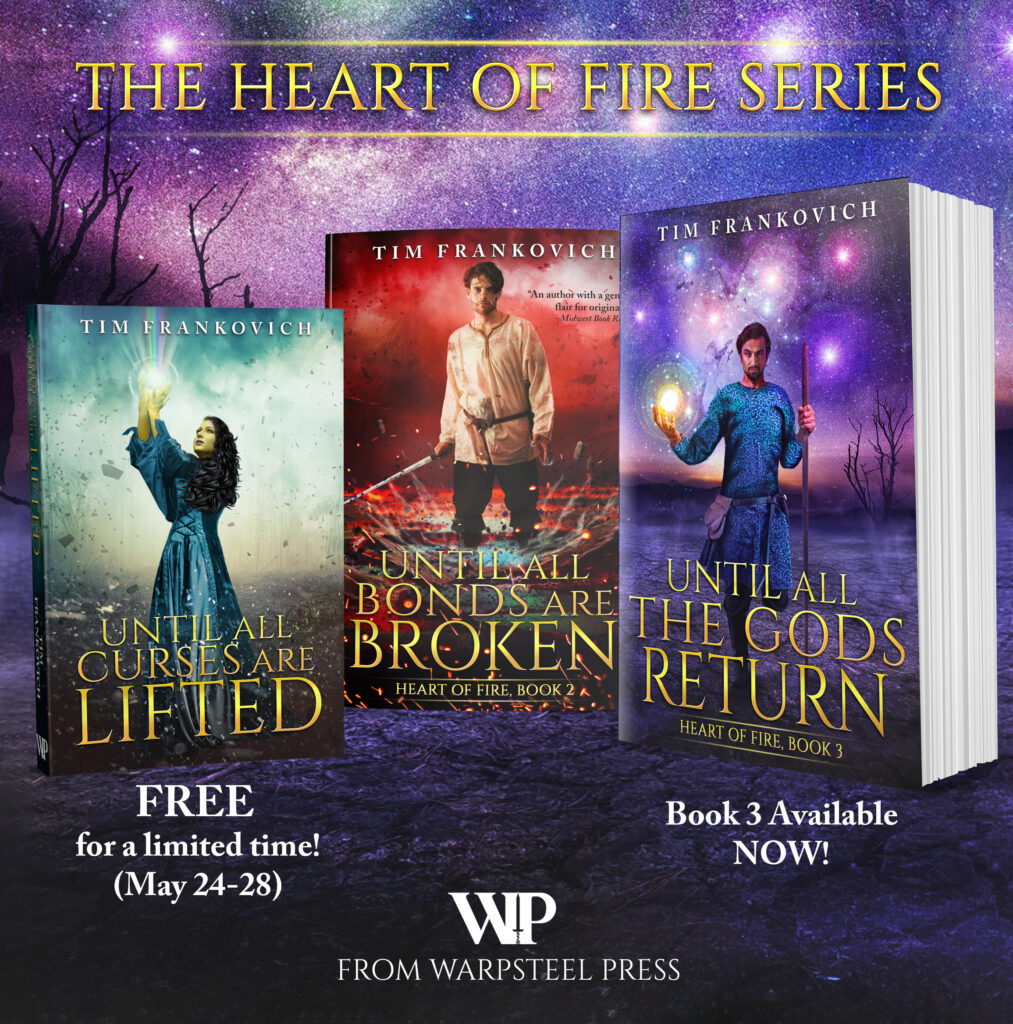
Until All The Gods Return is officially available today wherever you buy books! And to celebrate, the first book in the Heart of Fire series, Until All Curses Are Lifted, is absolutely FREE on Amazon all this week! What are you waiting for? Start reading!
Less than two weeks until the release day! And now you can read the third chapter of Until All The Gods Return, the third book in the Heart of Fire series.
At the end of Until All Bonds Are Broken, Dravid sacrificed his freedom for Seri. He became a slave to one of the ancient gods. How’s that working out for him by now? Read and find out!
Until All The Gods Return releases on May 25.
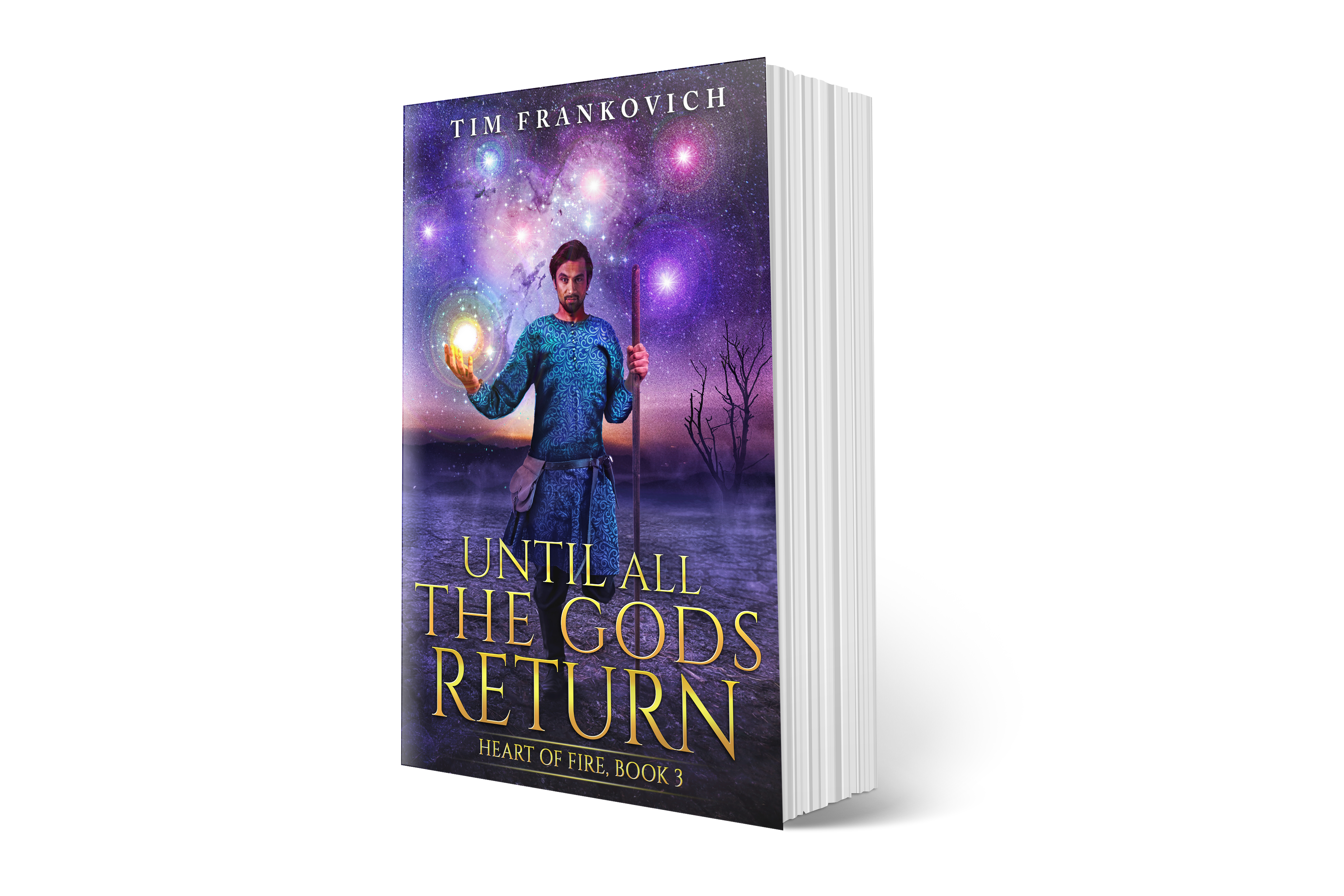
The first chapter of Until All The Gods Return, book 3 in the Heart of Fire series, is now available for your reading pleasure right here.
Jamana discovers he doesn’t want to be part of an event, but leaving may not be so easy.
Remember: subscribers to the newsletter get these kind of updates much earlier AND get free tie-in short stories to read! You should subscribe. No, really. You should.
Releasing on May 25, 2021! Here’s the cover for book three in the Heart of Fire series, Until All the Gods Return. Available for pre-order now!
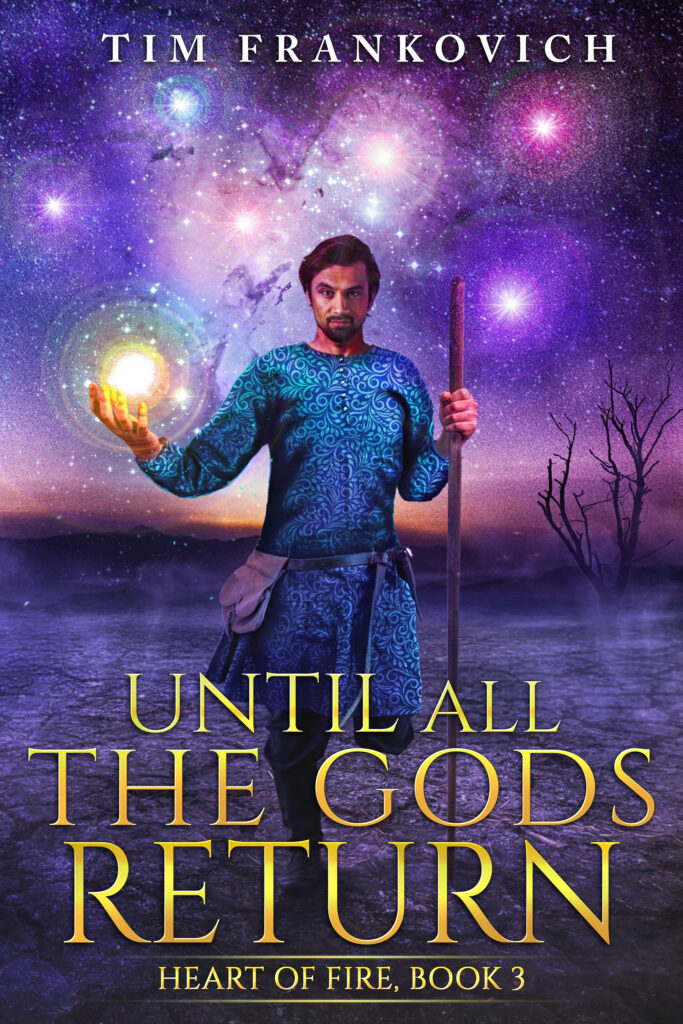
I promised it last year, and it’s finally here.
I’ve written a short story tie-in with Viridia and the Dragontek Lore series. The character Richard Onyx shows up out of nowhere in chapter one of Viridia. He’s reluctant to speak about his past, though he admits to being part of a previous rebellion in the city of Atramentous.
This is the story of Rick’s final day in Atramentous. The end of one rebellion and the beginning of a new one. Before he can leave Atramentous, Rick must deal with the deadly wrath of the draconic, Naram-Sin Black…
There’s only one way to read this story, along with the Heart of Fire tie-in story, The Leper’s Second Kill. Sign up for my newsletter! Not only will you get links to both of those stories, but you’ll be able to keep up with all of my news about writing and other stuff, and you’ll get regular special offers for other books! What have you got to lose? Sign up now!
Powered by WordPress & Theme by Anders Norén